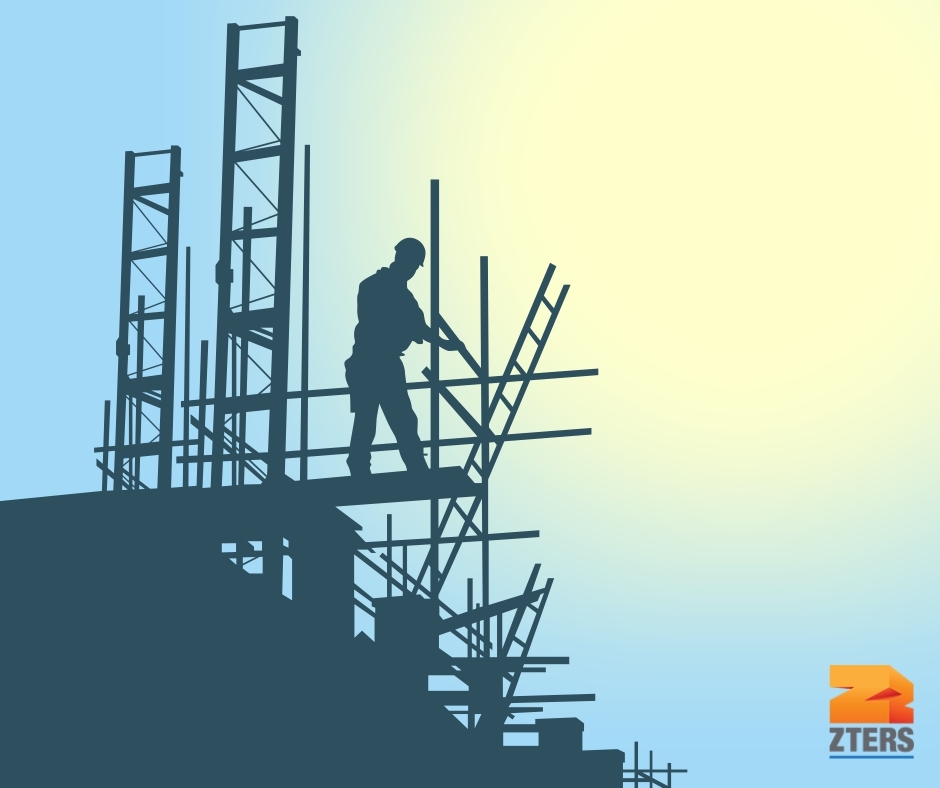Working on a construction site can be physically demanding, especially during the scorching summer months. With the sun beating down and temperatures soaring, it’s crucial to follow construction heat safety precautions to stay cool.
We’ll explore some valuable tips and strategies to help you beat the heat and remain comfortable while working onsite.
Hydration is Key for Construction Heat Safety
When working in hot conditions, staying hydrated is essential. Drink plenty of water throughout the day, even if you don’t feel excessively thirsty. Make it a habit to carry a large reusable water bottle and refill it regularly. Avoid or minimize the consumption of sugary or caffeinated beverages (even though those energy drinks can be really tempting to get through the day) since they can lead to dehydration.
Choose Lightweight Construction Workwear
Choose your construction workwear wisely to combat the heat. Opt for lightweight, loose-fitting, and breathable fabrics that allow for airflow and ventilation. Wearing light-colored clothing can help reflect sunlight and reduce heat absorption. Consider investing in a wide-brimmed hat or a cooling towel to shield yourself from direct sunlight and keep your head cool.
Take Frequent Breaks
Overexertion can intensify the effects of heat, so it’s important to take regular breaks and rest in shaded or air-conditioned areas. Schedule your work tasks strategically, allowing for intermittent periods of rest to prevent overheating and fatigue. Use these breaks to hydrate, eat nourishing snacks, and recharge.
Seek Shade
Whenever possible, seek shelter in shaded areas during your breaks or whenever you feel overheated. Construct temporary shade structures using tarps or umbrellas, or utilize existing shaded areas on the construction site. Shielding yourself from direct sunlight can significantly lower your body temperature and reduce the risk of heat-related illnesses.
Utilize Cooling Accessories
There are various cooling accessories available that can provide relief in hot conditions. Consider using cooling vests, neck wraps, or bandanas that can be soaked in water and worn around your neck or head. These accessories leverage evaporative cooling to help regulate your body temperature and keep you more comfortable throughout the day.
Implement a Buddy System
Look out for your coworkers and encourage a buddy system to ensure everyone’s well-being. Keep an eye on each other for signs of heat exhaustion or heat stroke, such as dizziness, nausea, excessive sweating, or confusion. Promptly report any concerns to supervisors for immediate assistance.
Adjust Summer Construction Working Hours
Whenever feasible, consider adjusting your working hours to avoid the peak heat of the day. Starting earlier or working in the evening when temperatures are lower can make a significant difference. Discuss flexible working schedules for better construction heat safety.
Check out our post on time management in construction for more ideas on how to improve.
Starting a Construction Project?
Kick off your jobsite rental with an account manager.
Increase Ventilation
Construction sites can become stiflingly hot, particularly in enclosed spaces. Enhance ventilation by using portable fans, opening windows, or utilizing air circulation systems whenever available. Adequate airflow can help dissipate heat and improve overall comfort.
Summer Construction Safety Saves Lives
It’s crucial to prioritize your well-being and take necessary steps to stay cool during hot summer days. By following these construction heat safety tips, you can stay cool and make progress on summer construction projects with minimal weather-related challenges.
ZTERS cares about the well-being of construction workers. We aim to make your work safer, more productive, and convenient. For reliable dumpster rentals, porta potties for rent, and construction temporary fencing, choose ZTERS.

